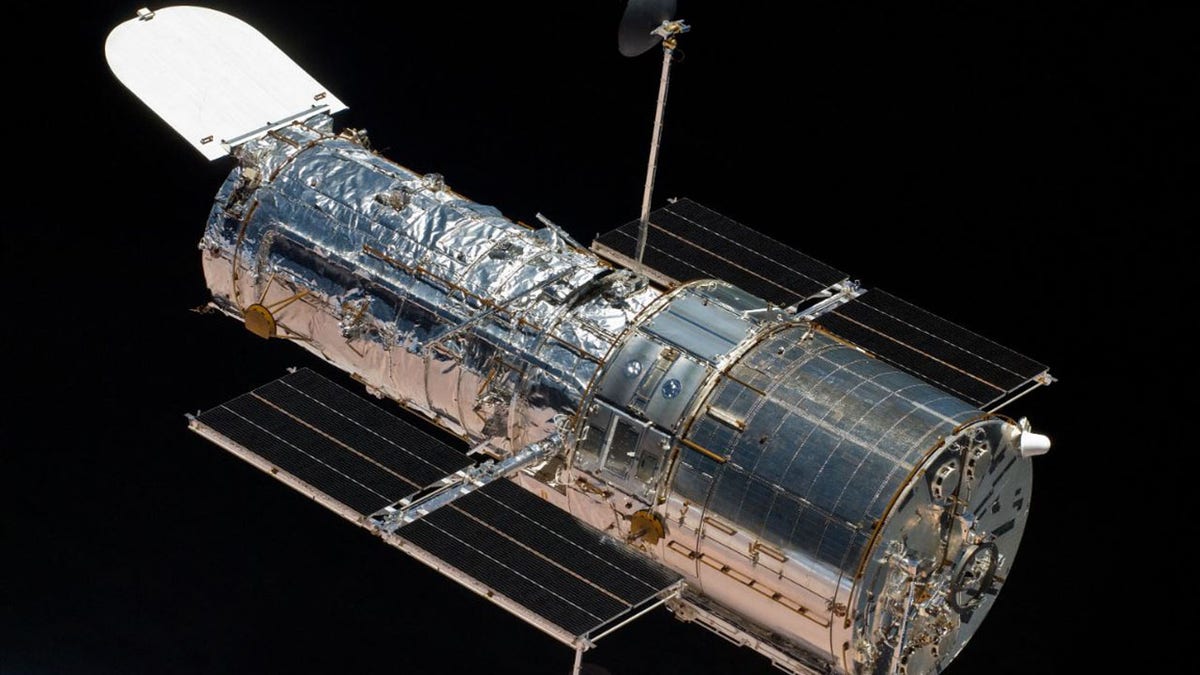Webb Space Telescope allows us to 'look into the past': Theoretical physicist
Theoretical physicist Dr. Michio Kaku explains the significance of new images provided by NASA's Webb Space Telescope on 'Sunday Night in America.'
A recent Hubble Space Telescope image highlights galaxies near the Big Dipper.
The scene features the galaxy LEDA 48062, located in the constellation Canes Venatici and shown on the right side of the image.
On the left, the disc-like lenticular galaxy UGC 8603 is more defined.
The European Space Agency notes that foreground stars and other distant galaxies are peppered throughout the shot.
EARTH-SIZED EXOPLANET DISCOVERED USING NASA DATA

This image from the NASA/ESA Hubble Space Telescope features the galaxy LEDA 48062 in the constellation Canes Venatici. LEDA 48062 is the faint, sparse, amorphous galaxy on the right side of this image, and it is accompanied by a more sharply defined neighbor on the left, the large, disc-like lenticular galaxy UGC 8603. A smattering of more distant galaxies also litter the background, and a handful of foreground stars are also visible throughout the image. (Credit: ESA/Hubble & NASA, R. Tully)
The agency said that smudge-like LEDA 48062 is only around 30 million light-years from the Milky Way.
"By getting to know our galactic neighbors, astronomers can determine what types of stars reside in various galaxies and also map out the local structure of the universe," it said.

An astronaut aboard the space shuttle Atlantis captured this image of the Hubble Space Telescope on May 19, 2009. (NASA)
NEIL DEGRASSE TYSON SAYS JAMES WEBB SPACE TELESCOPE IS WINDOW TO UNIVERSE 'NEVER BEFORE ACHIEVED'
Notably, darker and more spread-out objects like these galaxies do not possess visible diffraction spikes.

GREENBELT, MD - NOVEMBER 02: Engineers and technicians assemble the James Webb Space Telescope November 2, 2016, at NASA's Goddard Space Flight Center in Greenbelt, Maryland. ((Photo by Alex Wong/Getty Images))
Diffraction spikes – seen as four sharp points – often surround stars in Hubble images. They are created as starlight spreads around the support structures inside reflecting telescopes like Hubble.
CLICK HERE TO GET THE FOX NEWS APP
The diffraction spikes seen in images from the James Webb Space Telescope have eight diffraction spikes.


